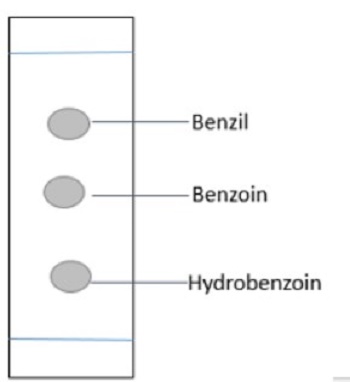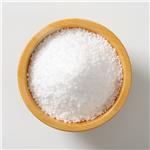The Benzoin polarity and thin-layer chromatography
Benzoin, benzil, and hydrobenzoin are all compounds used in thin-layer chromatography (TLC). This technique separates and identifies components in a mixture. The Rf (retention factor) value is a crucial parameter in TLC. It indicates the migration of a compound on the chromatography plate.

Benzoin possesses the highest polarity among the three compounds due to the presence of the hydroxyl group in its structure. Polar compounds tend to interact more with the stationary phase (silica gel on the TLC plate) and migrate less on the plate. As a result, benzoin will have the largest Rf value, indicating its greater migration compared to the other compounds.
On the contrary, benzil has no active hydrogen atoms and exhibits less polarity. Hydrobenzoin, although containing a hydroxyl group, is still less polar than benzoin due to the steric hindrance from the bulky benzyl groups. These factors contribute to their decreased migration, resulting in smaller Rf values.
In addition, benzoin is more polar than hexane and less polar than ethyl acetate. The Rf value for benzoin was .38, and the Rf value for hydrobenzoin was .21.This means that the benzoin's movement rate is higher than the hydrobenzoin's.
In summary, the polarity of the compounds affects their interactions with the stationary phase in TLC, and benzoin's higher polarity leads to its larger Rf value, indicating its greater migration on the chromatography plate.
You may like
See also
Lastest Price from Benzoin manufacturers

US $30.00/kg2025-04-21
- CAS:
- 579-44-2
- Min. Order:
- 1kg
- Purity:
- 0.99
- Supply Ability:
- 100 tons

US $1.00/kg2025-04-21
- CAS:
- 579-44-2
- Min. Order:
- 1kg
- Purity:
- 99%
- Supply Ability:
- 10 mt


